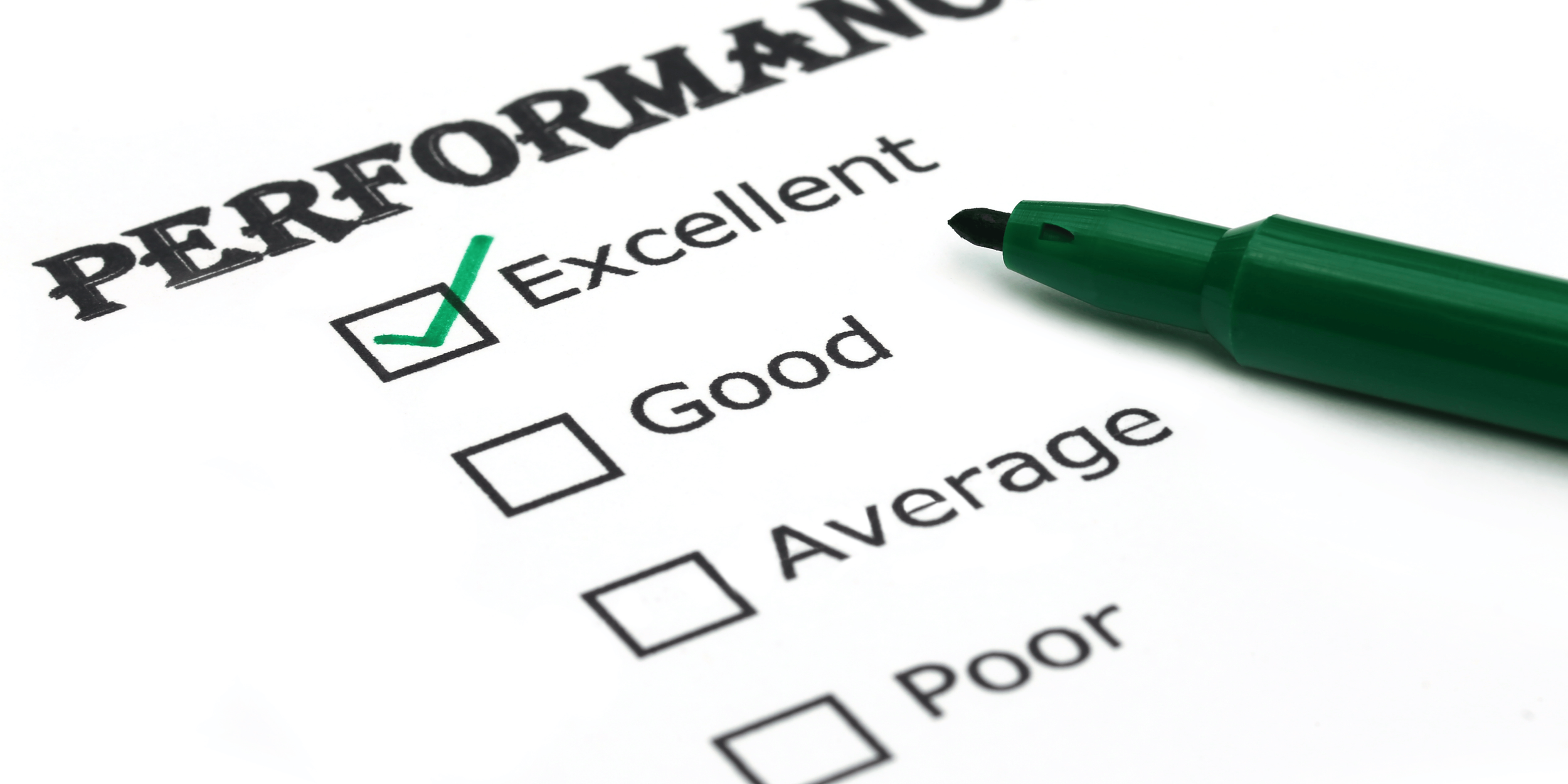Productive 2025 Performance Reviews for a Successful 2026 (November 2025 TogetHR Times)
As the 2025 calendar flips to Q4, many organizations zero in on their annual performance review process. As a best practice, this review process is an opportunity to use performance reviews as more than just a yearly routine HR exercise. A thoughtful review process won’t just reflect on the past year. It also sets the tone for a productive, engaged, and successful 2026.
Why Performance Reviews Matter
There are many reasons why HR considers performance review cycles, often at an annual cadence, to be an essential part of any organization.
They can provide clarity and alignment to connect a team member’s work to organizational goals and priorities that were previously set and achieved. Reviews also need to be communicated verbally and discussed, giving team members the opportunity to hear and feel acknowledged for their contributions. Team members who feel recognized are more likely to stay engaged and be invested in the quality of their work. Additionally, heartfelt recognition and acknowledgment is a low-cost, high-reward way to retain high-performing team members. Reviews also provide a natural time to discuss career goals, stretch opportunities, training and compensation planning.
Tips for a Productive 2025 Review Cycle
1. Prepare thoughtful feedback: Managers/reviewers should reflect on the team member's contributions across all of 2025, not only recent months.
2. Balance the conversation: Conversations should include a mix of both recognition and constructive feedback.
3. Capture team member feedback: The review cycle should also include a self-evaluation for team members. This will encourage them to share topics such as what they consider their biggest successes, what they learned from misses, their views on the organization, what they look forward to in the following year and what they need as far as support from their manager or team.
4. Set Actionable 2026 Goals: End each review with clear, measurable next steps. Set time for the team member to reflect and document these using the SMART (Specific, Measurable, Achievable, Relevant and Time-Bound), then meet again to review. Managers should also share any finalized business unit-specific goals or Key Performance Indicators for next year.
5. Keep the momentum: Use this review discussion as a collaborative starting point for ongoing coaching, direction and regular 1:1s throughout 2026.
Looking Ahead
Performance reviews are a chance to “close the books” on 2025 while planting the seeds for 2026 success. By approaching them with intention and openness, organizations can ensure their people are engaged, supported, and aligned for the year ahead.
By Stefanie Gencer
